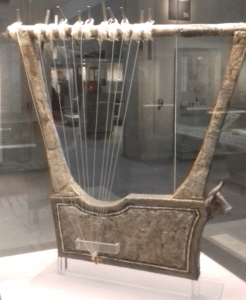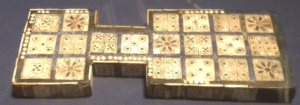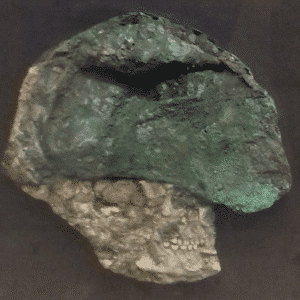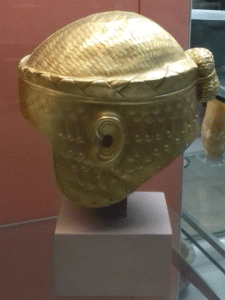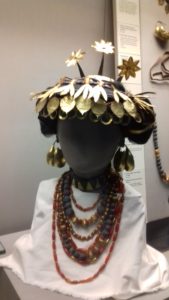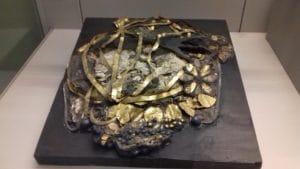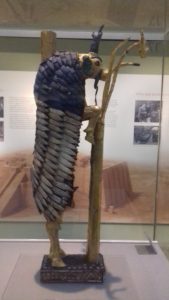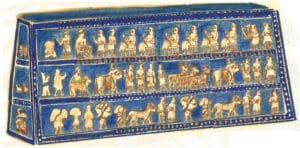Sumerians do not build pyramids for their kings. Only few royal graves have been unearthed: the most famous ones are from Ur, and date from the Sumerian period (ca 2500 BC). More than thousand graves were excavated in the so-called Royal Cemetery of Ur, but only seventeen of themwere considered as royal tombs because the materials they contained was exceptionnaly rich. Two kings, Akalamdug and Meskalamdug, and one queen, Puabi, have been identified. In two of the tombs, there were evidence of human sacrifice: 74 servants were buried with their master (king?) in the “Great Death Pit” and in the “King’s tomb” soldiers with their weapons together with ox-driven charriots and 50 more servants both men and women were buried with the king. This practice is unparalleled in Mesopotamia.

Esagil Games
Fun Games and Teaching Tools about Ancient Mesopotamia
